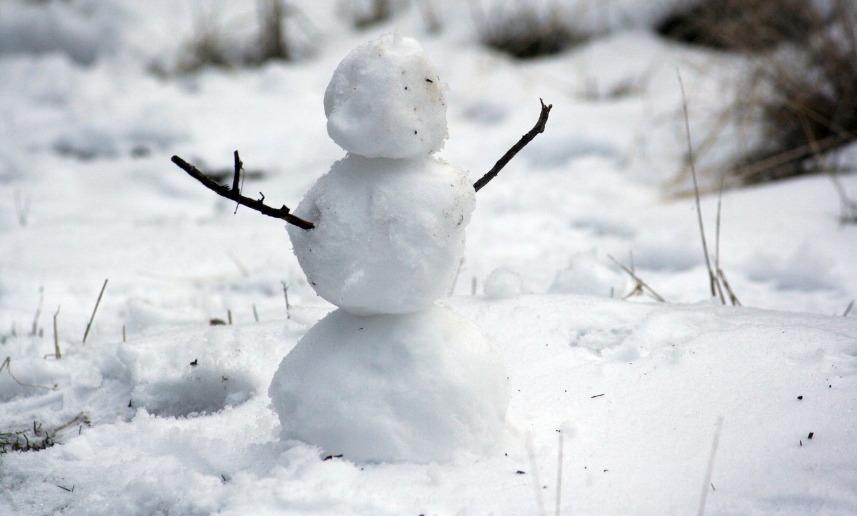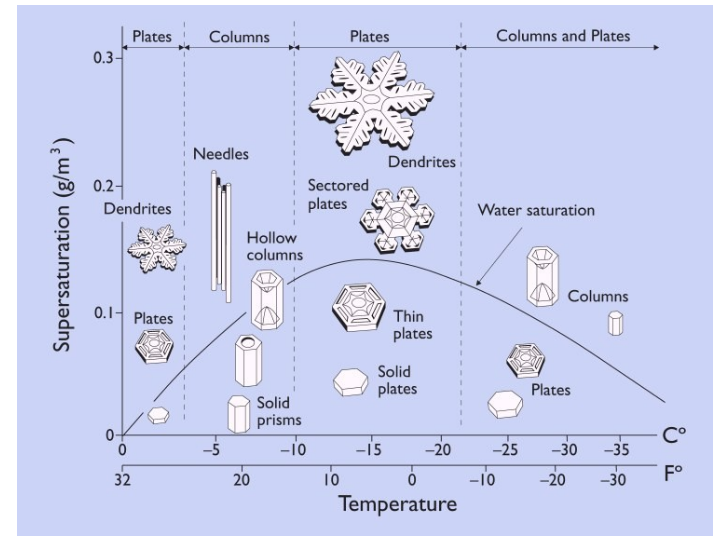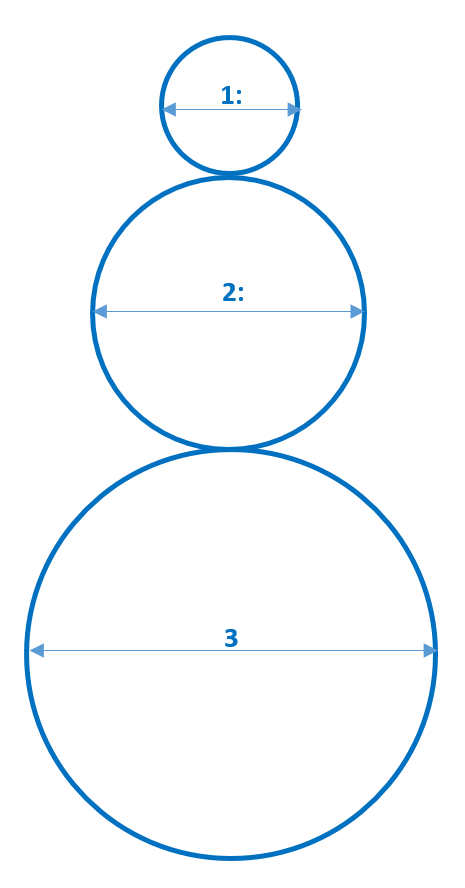
Snow is one of the most unpredictable phenomena there is, however, science can help us predict the best way to deal with it. In this cold season, one of the most fun pastimes, if you are in a snowy area, is to build your snowman. But it is not always easy to build a stable, beautiful snowman that does not fall apart.
To our aid come Dan Snowman (accurate last name), a physicist at the University of Rhode Island, and Jordy Hendrikx, director of the ‘Montana Snow and Avalanche Lab’ and a specialist in the effects of snow. These are the tips, following the laws of physics, to make the best snowman.
Choose the right site
The first step in building a successful snowman is finding a good place for it to stand. As Dan Swowman describes to the Smithsonian, this site should be at ground level but avoiding asphalt. The latter absorbs sunlight, so the doll is much more likely to crumble and melt there after a short time.
The area should also be as flat as possible and close to the bottom of a hill. With this, we achieve that it is in the shade and away from the sun’s rays, but on a stable surface, which is logically the most recommended. You have to be careful with this because being close to a sloping area there could be landslides or snow that slides. Ideally, then, the best would be a flat area of the garden hidden from the sun’s rays. Or, failing that, a sheltered area away from areas that absorb sunlight.
Snow type and temperature

Probably the fundamental and most important point for the snowman to have the desired solidity is the type of snow chosen. Snow is considered a certain form of matter, but it can be classified into several more specific types:
- Dry snow : 0% water.
- Wet snow: with less than 3% water.
- Wet snow: between 3 and 8% water.
- Very wet snow: between 8 and 15% water
- Sleet – with more than 15% water.
The best snow to build a snowman is that which is around the freezing point, that is, at 0 degrees Celsius. It is at this point in the snow where, as Kenneth Libbrecht’s studies indicate, the snow is denser and therefore more suitable for building with it.
Regarding the type of snow, the ideal according to Hendrikx is that we are between wet and humid. Dry snow tends to lose particles easily and makes the snowman easy to break. Whereas if it’s slush, it’s too brittle for the shape to hold. As the scientist explains; ” Think of the water as a glue, you need enough for the snow crystals to stick together but not too much .”
The most stable way
To create the most stable snowman, experts recommend one shape: spheres. The laws of physics are clear and there is no way more stable than this.

As we gather the snow to form the snowman, great pressure is exerted on the snow crystals. That is why the most stable form is needed so that it can withstand this external pressure. Furthermore, as the snow melts, the water crystallizes again and unites the ball once more.
Another key to the sphere is its area. Being the smallest possible, the area exposed to sunlight is also smaller. And therefore, the less space exposed to the sun, the greater resistance it will have to melt.
Despite being obvious, it is also important to note that the largest spheres should go on the base. This makes it easier for the doll to stand upright. Also, the lower the center of mass the better.
The perfect ratio
In 2013, engineering students at Bluefield State College in West Virginia published research on snowmen where they determined that the best ratio is 3:2:1 . Because? Mainly because of the stability relationship and the pressure that the snow itself can withstand.
To avoid that the snowballs are not very large, this proportion must be followed from bottom to top. The students observed how there was an upper limit for the size of the spheres depending on the water content.
Years later, in 2016, Dr. James Hind from Nottingham Trent University presented his formula, concluding that the ideal measurements were a 1.60m tall snowman, with three snowballs of 30, 50, and 80cm respectively. He even he predicted the ideal size of the eyes and nose, with a separation of about 5 centimeters and a carrot of 4 centimeters.

Sharlene Meriel is an avid gamer with a knack for technology. He has been writing about the latest technologies for the past 5 years. His contribution in technology journalism has been noteworthy. He is also a day trader with interest in the Forex market.









![How to Watch UFC 303 Live Stream Free [Updated 2024] UFC 259 Live Stream Free](https://techsmartest.com/wp-content/uploads/2022/03/UFC-259-Live-Stream-Free-100x70.jpg)
